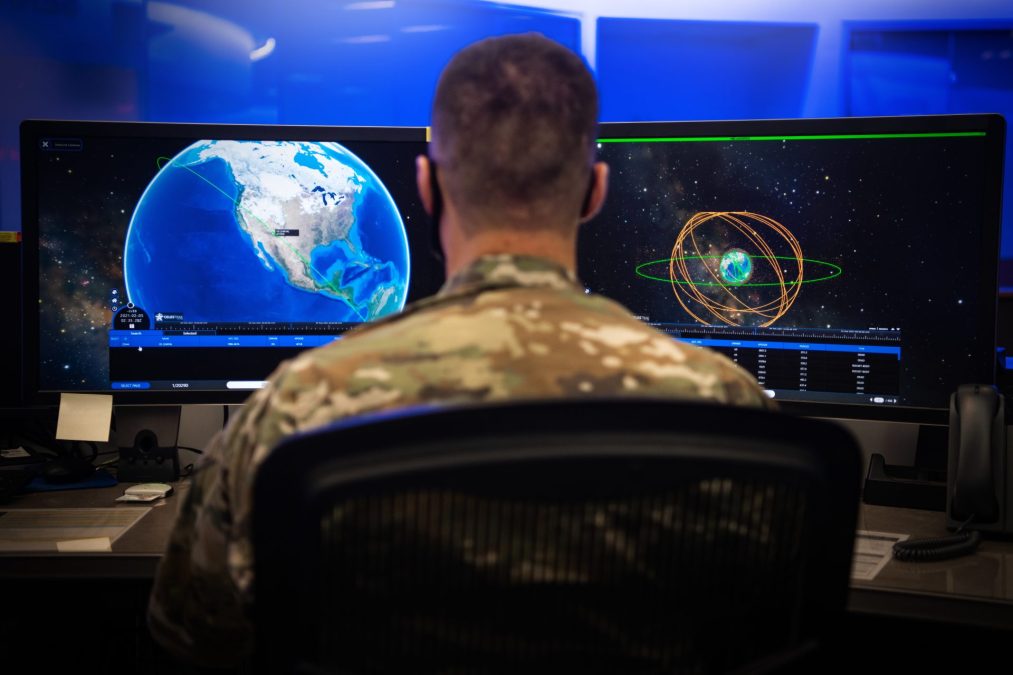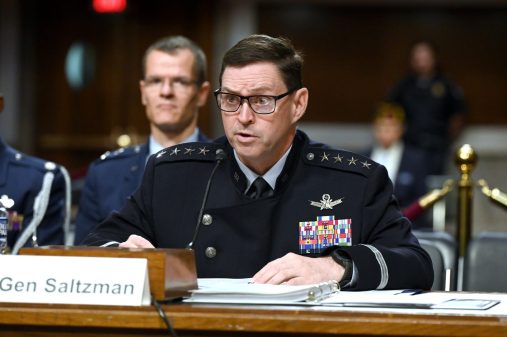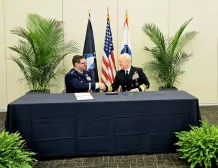Space Force wants funding to expand commercial data analytics pilot program

NATIONAL HARBOR, Md. — After early success in its Tactical Surveillance, Reconnaissance and Tracking (TacSRT) pilot program, the Space Force is looking to expand the effort to assist additional combatant commands in leveraging space-based commercial imagery and analytics for operations.
Established as a pathfinder program earlier this year, the TacSRT pilot allows the Space Force to purchase “operational planning products” from commercial industry that includes unclassified space-based imagery of specific regions and subsequent analysis of them. The pilot initially focused on U.S. Africa Command and has supported a number of operations since it began — including the U.S. military’s withdrawal from Air Base 201 in Niger, Chief of Space Operations Gen. Chance Saltzman said Tuesday during AFA’s Air, Space and Cyber conference.
“The goal was to complement the exquisite work done by the intelligence community with unclassified operational planning products delivered on tactically relevant timelines,” Saltzman said during his keynote speech. “It was a pathfinder, with the idea being that we could expand the program if it proved to be value added, and that’s exactly what it did.”
Saltzman said the average time it took for operators to receive operational planning products was about three-and-a-half hours after collection, noting that the timeline had decreased to 90 minutes towards the end of the withdrawal.
Now that it has proved TacSRT’s mechanisms work on relevant timelines, the Space Force is looking to expand the pilot to other combatant commands — and it needs more funding to do so, Saltzman noted.
“As we go to maybe more full expansion, it’s about how much money do we want to put into what we’re calling the ‘commercial marketplace,’ which allows our Commercial Services Office to purchase these products from commercial providers,” Saltzman told reporters during a media roundtable. “So, the next step is just getting more money so we can expand that to other commands.”
Through the TacSRT marketplace, the U.S. military can ask commercial providers to provide operational planning products of a specific region. The Space Force reprogrammed $25 million in its fiscal 2025 budget request to fund the pilot’s architecture and ability to purchase information packets, according to budget documents.
Saltzman didn’t provide any additional information as to how much funding would be needed to expand the TacSRT pilot, nor which areas of operation it would expand to.
He emphasized that the Space Force isn’t buying unclassified imagery alone, but also detailed analysis of the images.
“What TacSRT is doing with this pilot in particular, is we simply ask a question into the marketplace — ‘Hey, what generally does it look like around Air Base 201? Are there any items of interest, trucks that are missing? Is there a huge parking lot, do we see people milling around?’ We simply ask the question, and commercial industry provides us with products that try to help us answer the question,” Saltzman said.






